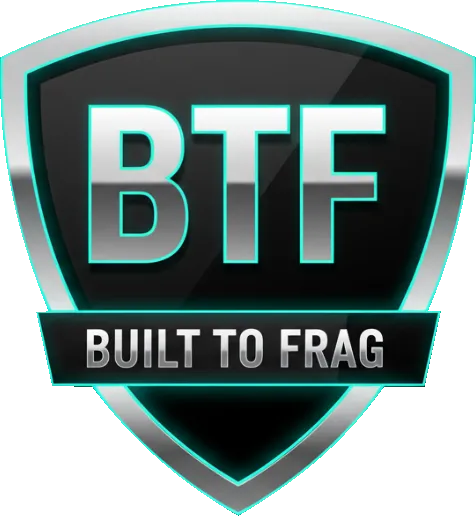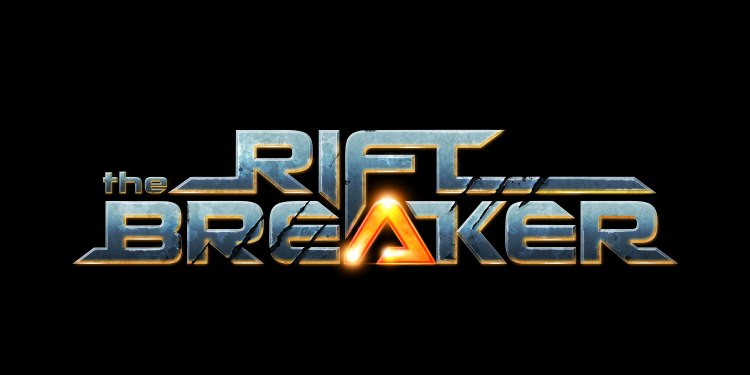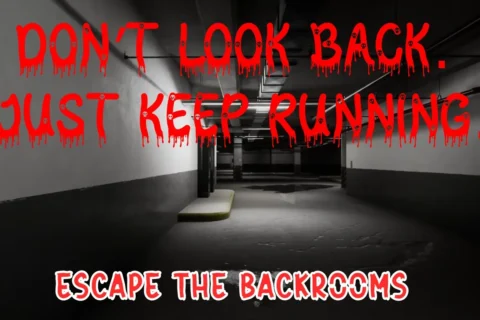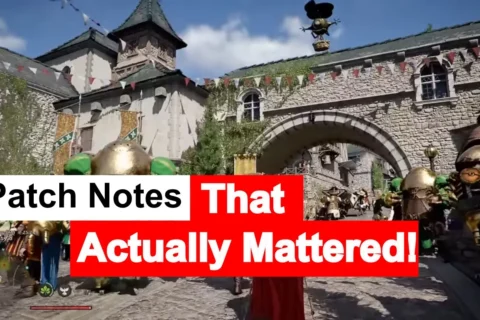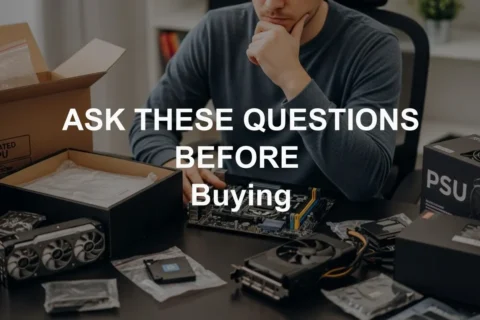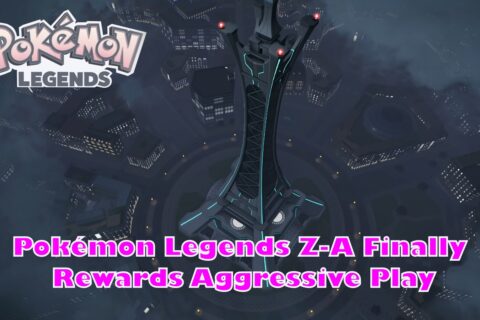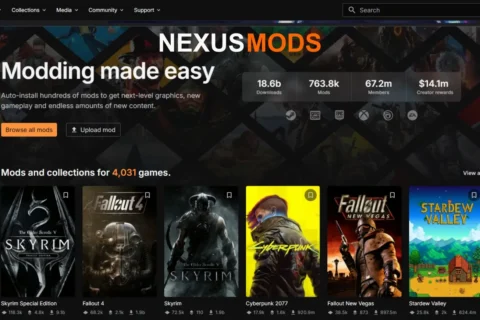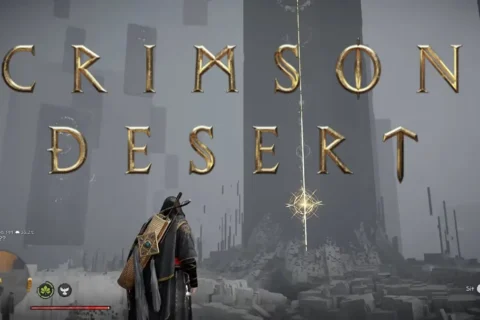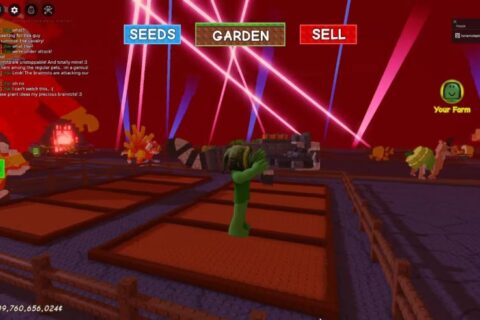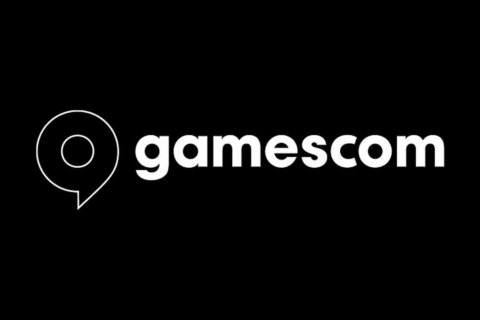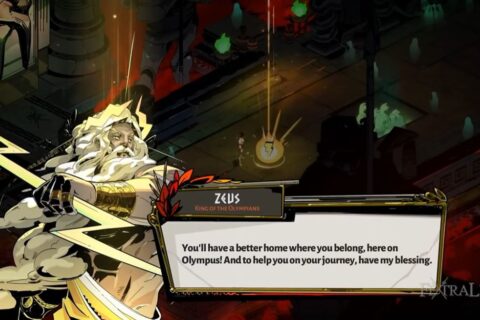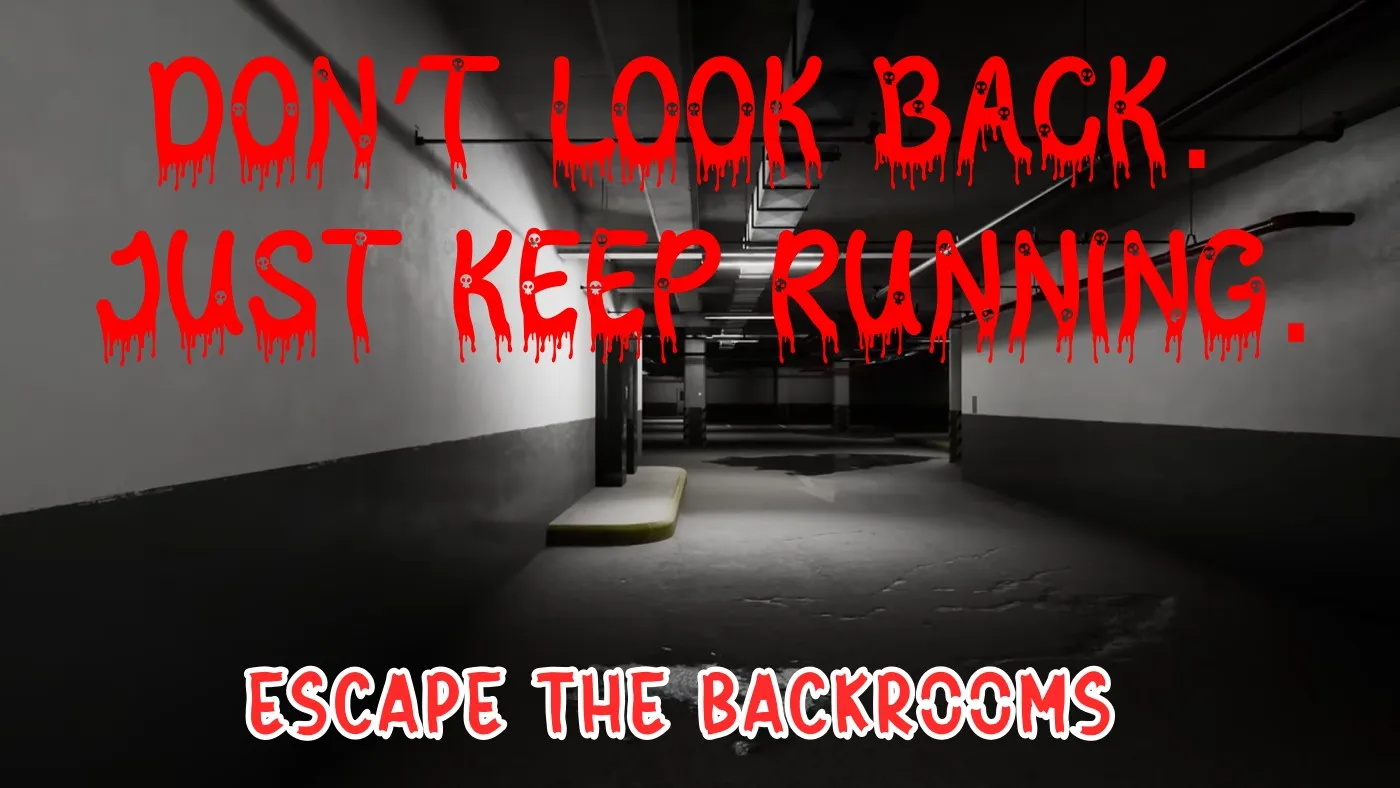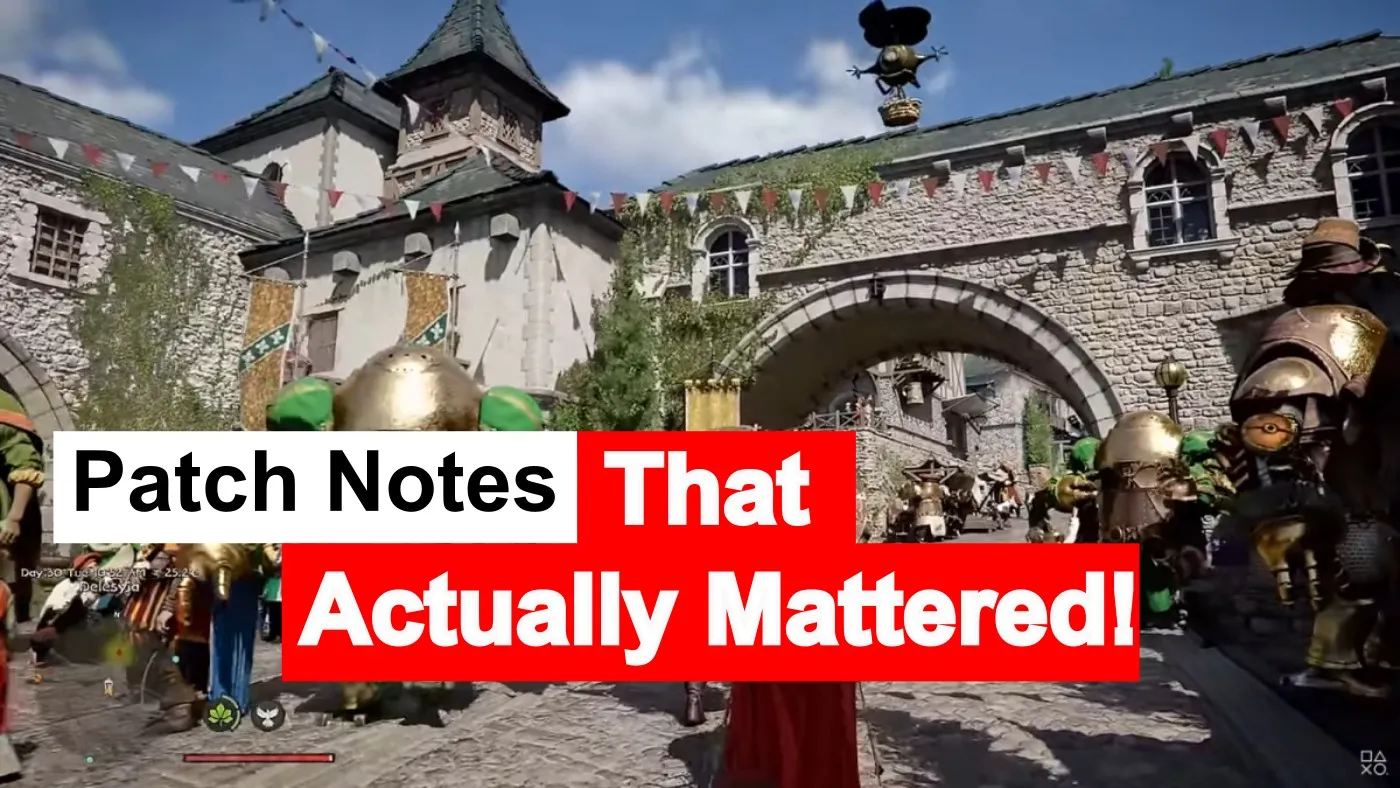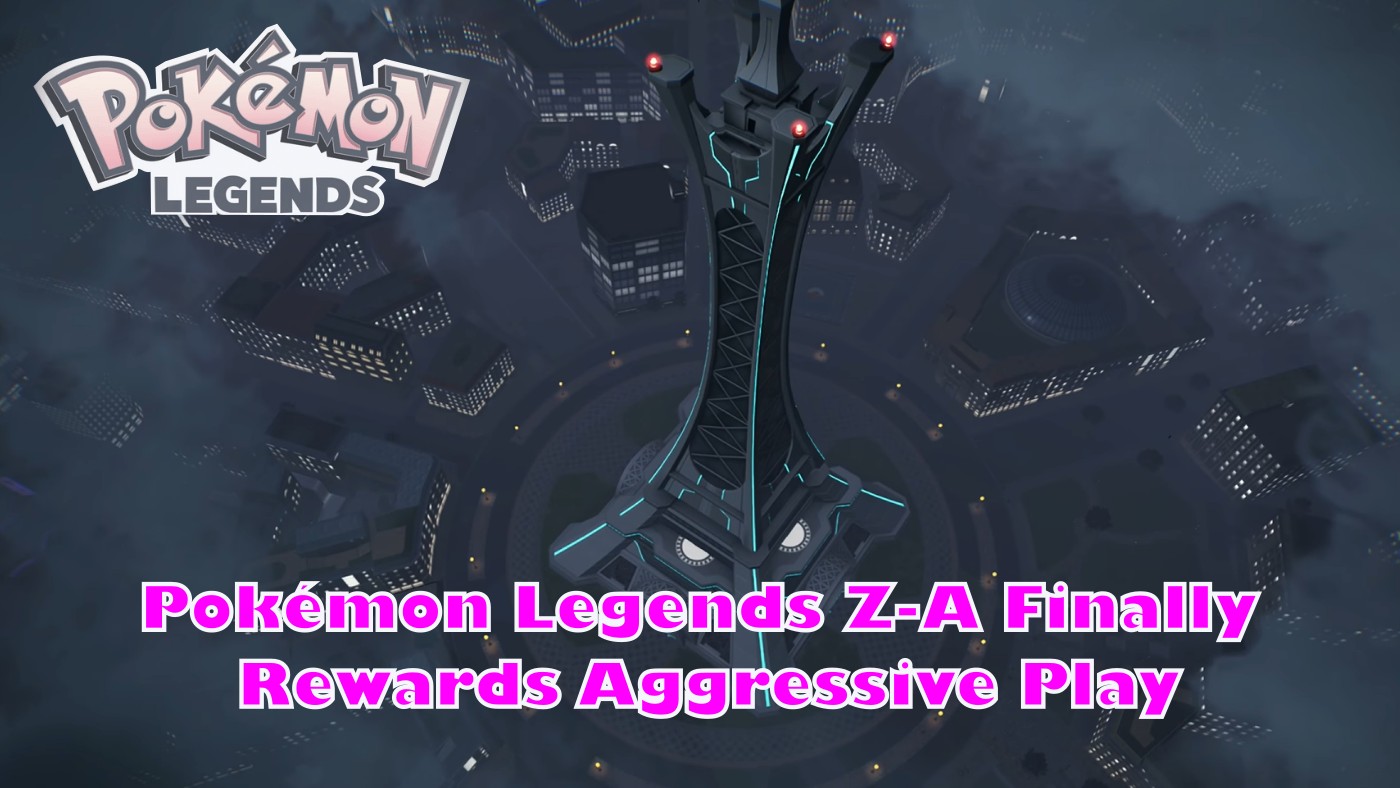Updated for the August 25, 2025 2.0 patch. Gameplay analysis first. BS? Way later.
Riftbreaker 2.0 Update Gameplay changes is the kind of overhaul that makes you stop mid-scroll and think: “Wait, they actually fixed it?” Full online co-op, smarter pacing, less UI spaghetti, and performance boosts that don’t just pad the changelog. It’s all landing on August 25, 2025, and if you’ve ever rage-quit during a wave because your turrets forgot how to turret, yeah, this one’s for you. Here’s the breakdown: what changed, why it’s better, and whether it’s finally time to give this base-builder-meets-bulletstorm another spin.
Still chasing that perfect balance of strategy and chaos? Our best RPG games for every platform roundup has a few more obsessions waiting for you.
Riftbreaker 2.0 Update Gameplay changes Update in Context
When Riftbreaker first launched, it mashed base-building, survival pressure, and ARPG loot into something weird and fun, until you hit the grind wall or got blindsided by balance quirks. Update 2.0 goes for the throat on two fronts: first, full online co-op in Campaign and Survival (up to four players), and second, a sweeping set of system, UI, and pacing updates aimed at making the entire thing feel less like a spreadsheet in hell.
You can read the raw patch notes on Steam but if you want to know how it actually plays, keep scrolling. EXOR’s ability to ship changes this meaningful mid-cycle honestly puts some triple-A devs to shame. For more on that trend, check our piece on indie games vs AAA.
What This Article Covers:
- Primary entity: The Riftbreaker Update 2.0 (free game update for the 2021 RTS/action hybrid by EXOR Studios).
- Release timing: August 25, 2025 (global PC launch window as announced).
- Headline feature: Online co-op (Campaign + Survival), up to four players.
- Platforms (base game): Windows, PS5, Xbox Series X|S.
- Not to be confused with: the MMORPG Rift, or standalone The Riftbreaker: Prologue.
- Authority anchors: Steam news · EXOR announcement · Co-op Open Beta blog
Key Gameplay Changes You Will Notice Immediately
Early Game Pacing, Less Whiplash
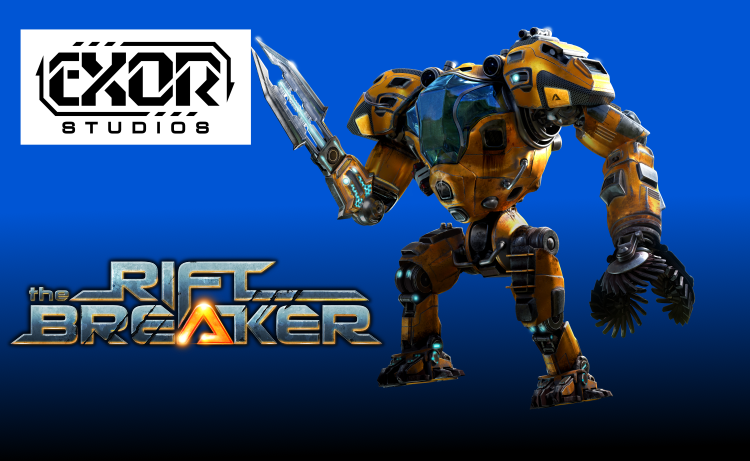
Pre-2.0, early hours felt like a quiet walk in the park followed by a sudden punch to the throat. Now? Things ramp up smoother. Resources drip-feed at a pace that rewards scouting, not just mindless mining. Enemy pressure builds steadily instead of nuking your base out of nowhere. It’s still challenging, it just makes sense now.
Combat Flow and Wave Pressure
You’ll see clearer attack warnings, smarter enemy variety, and fewer useless mobs whose only job was to make your GPU sweat. Instead of holding down fire and praying, you’re setting up proper kill zones and managing threat vectors like a real commander, not a panicked turret janitor. If you’re curious how other games are reworking wave pacing, our take on FragPunk’s Season 2 Chapter 2 update shows a similar philosophy in action.
I once died during a wave because I was trying to move my coffee out of splash range. Lesson learned: never trust the mini-map alone. The new signals and pacing would’ve saved me and the coffee.
Base Building, Power, and Logistics
Welcome to actual clarity. Tooltips explain power needs, resource links, and dependencies without needing a third-party wiki. You’ll still make bad calls (yes, you will overbuild batteries), but now you’ll do it with better intel. The real mid-game challenge becomes flow management, not fighting the UI.
Weapons, Defenses, and Upgrades
No more gear soup. Every turret has a job, every weapon hits harder when used right, and swap-outs feel tactical, not cosmetic. The old meta-crutches? Kicked. But that’s not a bad thing, it’s an excuse to experiment again. Dust off that arc weapon you ignored. It’s not trash anymore.
Quality of Life Changes That Actually Matter
UI Clarity and Build Feedback
Ever place a power node, cross your fingers, and pray it connects? Not anymore. 2.0 cleans that up. Fewer menu hops, smarter visual cues, and a resource ledger that actually helps. You’ll spend less time debugging base logic and more time blowing stuff up.
Performance and Visual Tweaks

Frames hold steadier, loading is faster, and default settings don’t punish mid-range rigs. Tempted to max out ray tracing again? Read our take on why it’s just expensive lighting. Save your GPU for the fights, not reflections.
If you’re still stuttering on solid hardware, our guide on why your game might stutter on a high-end PC might save you another forum rabbit hole.
Crafting and Menu Efficiency
Crafting doesn’t suck anymore. Better sorting, cleaner comparisons, and fewer “wait, wrong tier again?” moments. You stay in rhythm instead of rage-navigating tabs like you’re speedrunning Excel.
Co-op Changes the Way You Play
Co-op isn’t chaos, it’s controlled chaos. Roles form fast: one player scouts, one builds, one defends, one improvises. Turret spam isn’t the only viable path now, and best of all, one death doesn’t nuke the whole run. It’s like a LAN party from 2006, but with better netcode and fewer Mountain Dew spills.
Community Reaction, The Good and the Gripes
Overall? Players are vibing. Smoothed pacing, smarter roles, fewer no-brainer builds. The pushback? Some cheese got melted. If you were married to lazy artillery spam, prepare to adapt. But even purists admit: the game feels cleaner and more honest now.
Why These Changes Work
This patch doesn’t reinvent Riftbreaker, it evolves it. Smarter systems, better pacing, and enough UI love to keep you building longer without getting annoyed. The cheese gets trimmed, the creativity stays. And for once, it feels like Riftbreaker knows exactly what kind of game it wants to be.
What Could Go Further
- We need clearer co-op scaling rules, right now, difficulty jumps are a guessing game.
- Late-game challenge variants would keep veteran players theorycrafting longer.
- More defense combos (like synergy effects across turret types) could deepen layout strategies.
Is It Worth Coming Back Now
If you bounced at launch because of pacing or clunky UI, now’s the time. Solo runs are tighter. Co-op isn’t tacked on, it’s baked in. And the grind feels more like momentum. Still not sure? Hit Steam or skim the co-op deep dive. But fair warning: you might end up reinstalling tonight.
Quick Takeaways
- Early game pacing is fixed. You won’t get sucker-punched five minutes in.
- Turrets have jobs now. Weapons actually matter. No more one-note metas.
- UI and menu tweaks cut the busywork — focus is back on building and blasting.
- Performance? Cleaner across the board. Mid-range rigs rejoice.
- Co-op works. It’s fun. Roles emerge fast, and nobody’s left babysitting the base.
- Still room for deeper late-game mods and challenges.
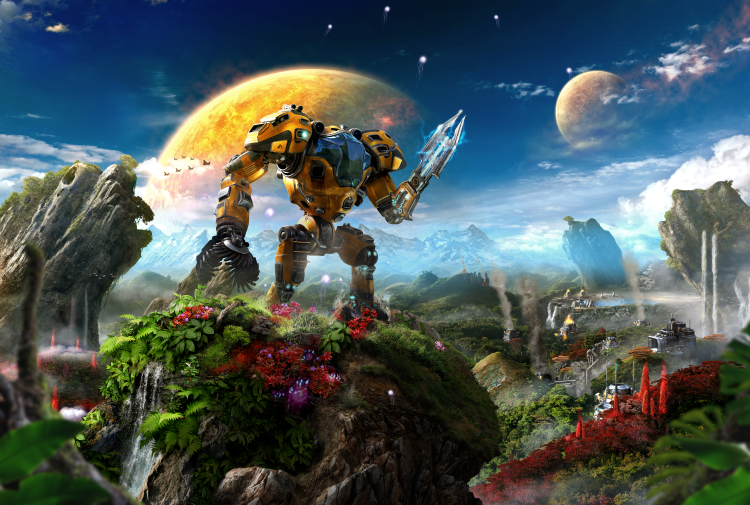
What We Think?
Riftbreaker 2.0 is what every mid-life patch should be. Less friction, more fun, and a reason to care again. You’re not just grinding for upgrades, you’re making actual decisions. If you tapped out early, this is your redemption arc. And if you’re new, there’s no better version to jump into. Just maybe keep your coffee away from the WASD hand, trust me on that one.
FAQs
What is in the Riftbreaker 2.0 update
Online co-op (campaign + survival), better pacing, rebalanced combat, clearer base building, smarter UI, and better performance. Full list’s on Steam.
Is co-op full campaign or limited missions
Full campaign, full survival, up to four players. The devs didn’t phone it in. Read the co-op deep dive for details.
Do I need the DLC to enjoy 2.0
Nope. The 2.0 update is standalone. DLC just adds more toys and biomes — nice, but not required.
Did 2.0 nerf my favorite turret wall
Almost certainly. But that’s the point. Mixed defenses now beat spam. Time to experiment.
Is it a good time to start if I am new
Absolutely. It teaches better, scales smarter, and lets you learn with friends. Even if your turret walls suck, you’ll be fine.
What Did 2.0 Change For You
If you played before and after 2.0, what hit you first? Was it pacing? Turret sanity? Did you finally venture past the base? Drop your stories below. Tell me which builds still rock, or which ones need to go gently into that turretless night.
